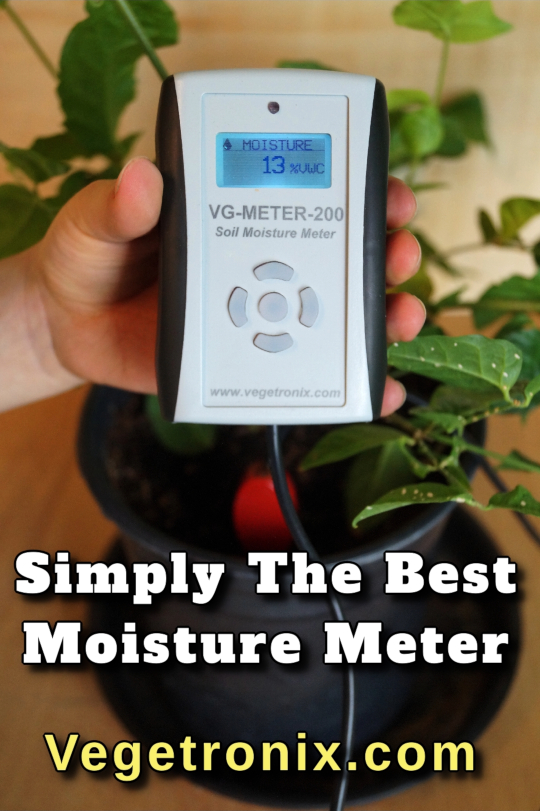How To Water House Plants Like a Scientist
By Tim the Techno-Gardener
A Scientific (But Easy) Method To Water House Plants
Video Transcript
I often get this question from my customers – “Tim – how often should I water my house plants, and how much water should I use”. I’m going to show you a simple way to determine how much water each of your plants needs.
We'll be using this gardenia plant that I keep in my kitchen for this demonstration. I got it as a cutting from ebay. As an aside, I highly recommend gardenias, as they have some of the most fragrant flowers of any plant. When it blooms it fills the kitchen with a beautiful scent.
This may seem obvious, but there are 2 sources of water loss from a plant. You have evaporation from the soil and the plant itself transpires water into the air. You can think of plants as water pumps, that pump water from the ground into the atmosphere. There’s a very interesting book called “Design in Nature” that discusses this idea– I’ll put a link below. Evaporation from the soil is mainly dependent on the exposed surface area, soil moisure, air temperature, and humidity.
Transpiration of a plant varies by plant type and size, for example cacti transpire less than basil plants, and large plants transpire more than small plants. Given that there are a dozen different factors affecting water loss of a potted plant, you may think that the only way to water a plant is to guess, and hope for the best.
I’m going to show you a simple method, that only requires a moisture meter, and a common kitchen scale.
The first step is to water the plant to it’s optimal level. You can do this using a moisture meter. I’m using the Vegetronix VG-METER-200. It gives the moisture as a percentage in volumetric units. I recommend using a decent dielectric type moisture meter, not a Chinese moisture meter that you get off amazon or the hardware store. A optimal level of moisture in potting soil is 25% to 35% for most house plants.
I’m going to add water to get it into this range. Now we’re going to remove the moisture sensor, and weight the plant to get it’s initial weight. We’ll wait 24 hours, and weigh it again, and measure it’s percent moisture.
Okay – its been about 24 hours – let’s remeasure everything and see how much water we’ve lost.
From these readings we can extrapolate how much water we need to give the plant, and how often we need to water. We've lost approximately 60 grams of water. There are 240 grams of water per cup. So we've lost 1/4 cup of water in 1 day. So we would need to replish that much water every day, or a multiple of that if we skip days. The the moisture meter reading can be used to figure out how often you need to water, in order to keep the moisture in the desired range. The percent moisture reading changed from 39% to 32%, so we've lost about 7% in 1 day. To keep it in the target range of around 25 to 35% we would need to water every 2 days.
To summarize: my recommendation is to water this gardenia every 2 days with a half a cup of water.
Another added benefit with this method is that since you are giving the plant exactly what it needs, the soil should absorb all of the water, and there should never be overflow into the saucer below.
As the plant grows, it will consume more water, so you may need to recalibrate periodically, but you can see that it’s an easy process.
Here is a link to the VG-METER-200 used in the video
Contact me if you have any questions on how to scientifically water your house plants.
